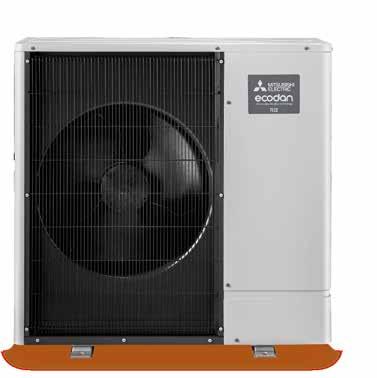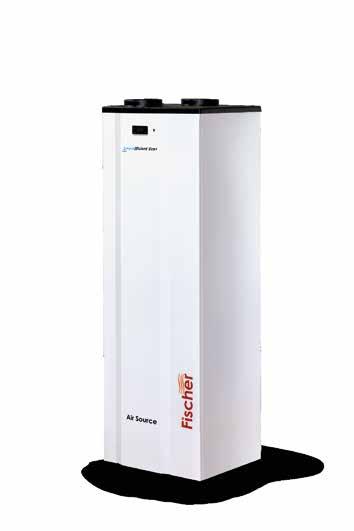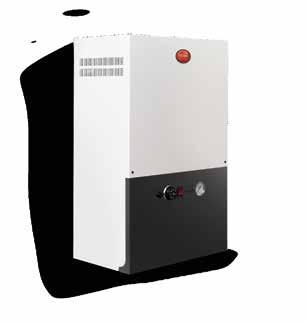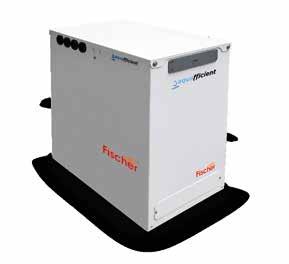
2 minute read
What Part L means for the industry
Martyn Bridges, director of Technical Services at Worcester Bosch, looks at the implications of the updates to Part L of the Building Regulations.
Part L of Building Regulations, which came into effect last year, is a significant piece of legislation that guides the industry towards the more extensive changes that will come into play in 2025. For gas engineers, it particularly affects replacing boilers and heating systems in non-domestic buildings.
The terminology has changed too: no longer are there separate documents for new-build and existing properties, and nondomestic. Instead a single document covers new and existing properties, as well as buildings other than dwellings.
Weather compensation is recommended, building on the requirements for control of heating systems and zones. There is also more coherence on the required interlocks between room control, boilers and pumps – an area that had been overlooked previously.
The long view of Part L prepares us to meet the requirements of 2025 and beyond. That means giving consideration to technologies that may not be so prevalent now, such as district heating and heat pumps. It looks unlikely that we will see boilers being installed in new properties built to these regulations.
In existing properties, the replacement of boilers is also touched upon, with increased emphasis on cleansing and flushing and the installation on system filters.
It is an additional legal requirement for installers to provide information, within five days of the work being completed, on how to use installed building services so that they can be operated efficiently. Information on the correct use of heating and hot water controls is an obvious part of this requirement, to help occupants understand the best way to use the controls to maintain comfort and minimise their energy use.

For both new and existing dwellings, operating and maintenance instructions should be provided that include information about the heating controls, including what they are and what they do, where they are located, how to use them to optimise efficiency, any maintenance requirements and links to other documents such as user manuals.
A heat-loss calculation will need be carried out to ensure that the new or replacement boiler is not significantly oversized. Full heating system installations should be designed to operate at a maximum flow temperature of 55°C, with the boiler central heating output set to match the calculated heat loss.
Overall, there is much to consider from the new regulations, and gas engineers should be up to speed on what they are and how to navigate them.
The terrain of the industry is evolving to become more environmentally friendly and regulations like these are guiding us towards a greener future. ■
As more and more homeowners choose air source heat pumps, now is the time to invest in your business and partner with Mitsubishi Electric for success.




The government is now consulting on improving boiler standards to include new measures that apply to controls. Registered Gas Engineer looks at what could be in the pipeline.





